November 19, 2018
The “After”: Finding Beauty When Things Don’t Go As We Planned
Contributed by Alison Tweedie, Education Specialist
I whirled through Target like a short-term sprinter, enthusiastically collecting the items that had been described on the Mommy blog I’d read earlier that day. My sons and I were going to make dishcloths. They would color on a piece of sandpaper and I would use the iron to transfer the illustration to the dishtowel. I was so excited about my cute, quick, yet personalized, DIY gift—until my two year old said, “All done.” I looked at two single-colored faint little lines on the sandpaper as he took off towards the living room. Then it hit me. I caught the gaze of my 8-month-old blinking back at me while chewing on a crayon—What was I thinking?!
As parents and teachers, we often have this utopian vision of what play is going to look like for our children. We set up an activity, imagining exactly how our children are going to interact with it, and there is a giddy anticipation and excitement as we marvel at our own genius. We invite the children over and find ourselves wondering how things snowballed so quickly; as the children take the materials in a direction we could not possibly have intended, or even imagined.
This is a little phenomenon I refer to as “The After.” A term that illustrates what happens seconds after children become part of any adult-driven scenario.
Early childhood educators experience this phenomenon dozens of times a day—after setting out that perfect sensory bin experience, or after setting up a delightful art activity. Ultimately the experiences that adults setup for children unfold in various ways. Sometimes, everything becomes mixed, dumped, and indistinguishably messy. The good news is that children unknowingly engage in things that support their development. They just may need some redirection in how to explore these options in safe, appropriate ways.
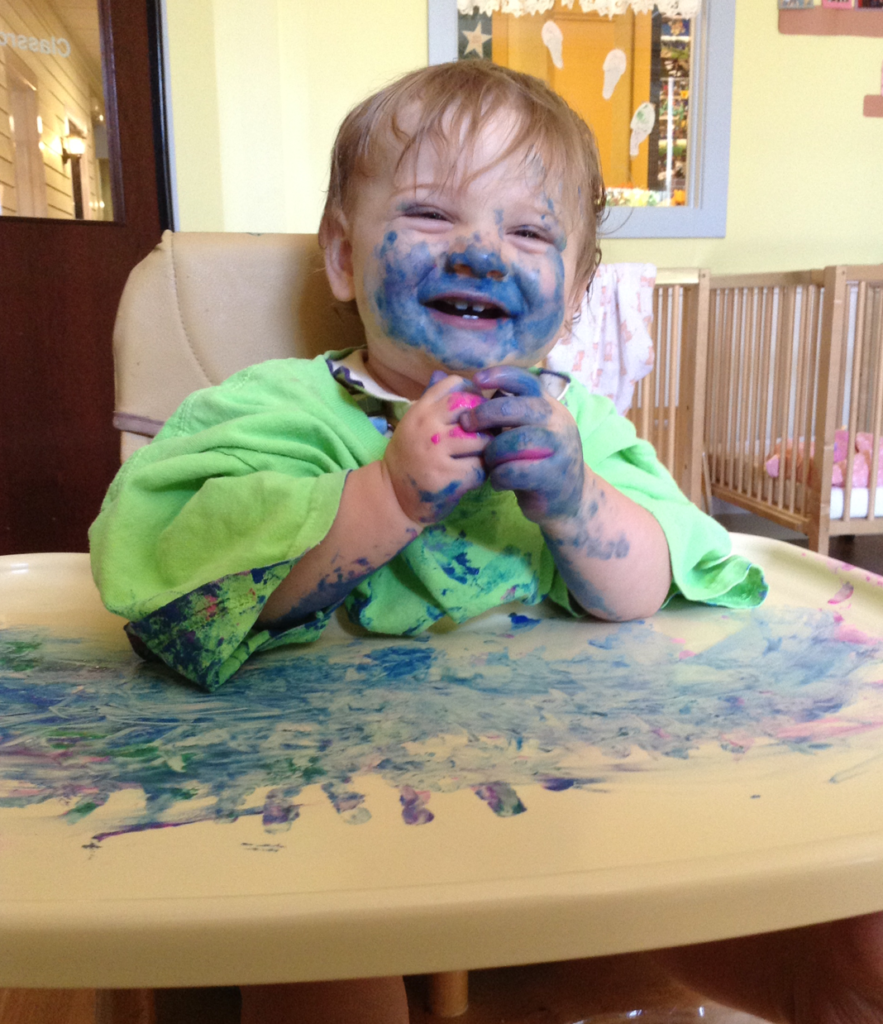
So how do we find the silver lining in the path of “destruction” or disappointment? Here are some common scenarios and suggestions to help you face the challenge:
Block Disaster
You envisioned castles, towers, and mega-cities, instead you have a child who screams every time their tower falls down. Take a deep breath. Every time that tower falls down your child is building resilience, self-regulation skills and a base-level relationship with gravity. Try acknowledging their feelings and encourage problem solving skills, “You seem really frustrated. Your tower fell down again. I wonder what you could do to make it stronger so it doesn’t fall down.”
Science Explosion
You just concocted the greatest slime recipe with glitter and color with dreams that your child would play at the table for 2 minutes while you switched over the laundry. You re-enter the room to find your child dripping slime down the heating vent. Take a deep breath. Yes, the location is not ideal but she is exploring the cause and effect relationship of the slime’s viscosity with the solidity of the vent and how the two interact. Fine motor skills, expressive language skills, problem solving skills, observation skills, curiosity, cognitive development, and self-regulation are all getting a workout from this mishap. Redirect her to a more appropriate (and easier to clean) location with an “I see… you can…” statement. “I see you want to drip the slime down the vent. That is not good for the house. Let me get you a cookie sheet and a cooling rack so you can drip it at the table.”
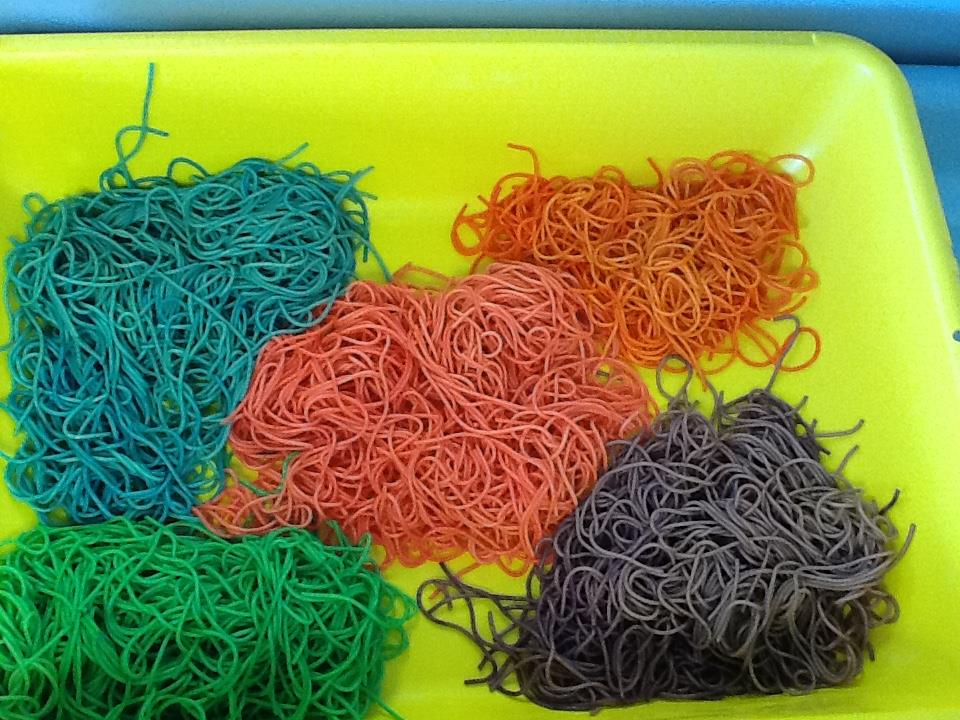
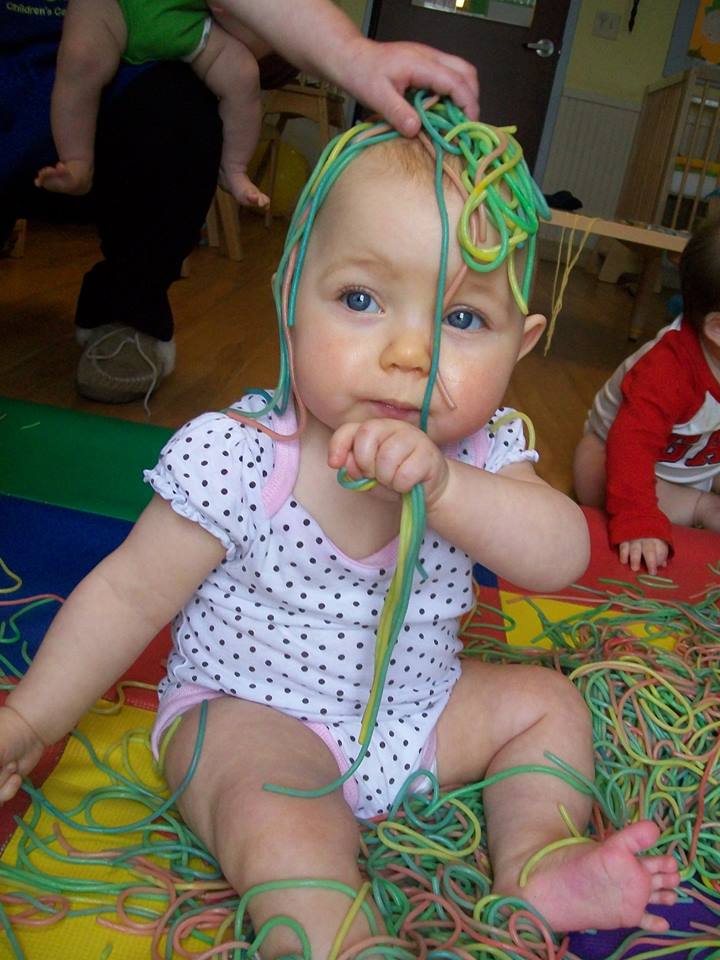
Backyard Shenanigans
The playset in the backyard was purchased with visions of mom working in the garden or sitting at the table while the children romped around swinging, sliding, climbing, and laughing with glee. The reality is that the playset has become a mecca for risk taking: hanging from the support beams, climbing up the slide, and running around tackling each other. Take a deep breath. This type of play is extremely beneficial to children (yes, even climbing up the slide), since it works the large muscles of the body, develops core strength, balance, coordination, confidence, and a bit of self-regulation as they learn what their bodies are and are not capable of just yet. If something makes you feel uncomfortable, set some boundaries. “I see you want to tackle your brother. I don’t want to see you get hurt. You can tag each other below the shoulders.”
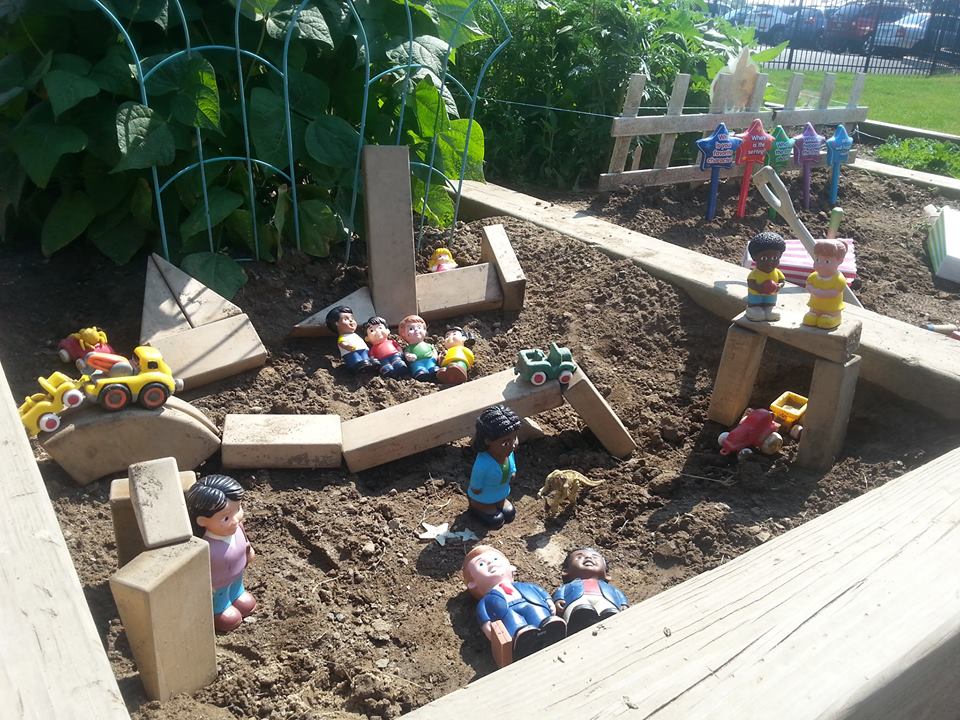
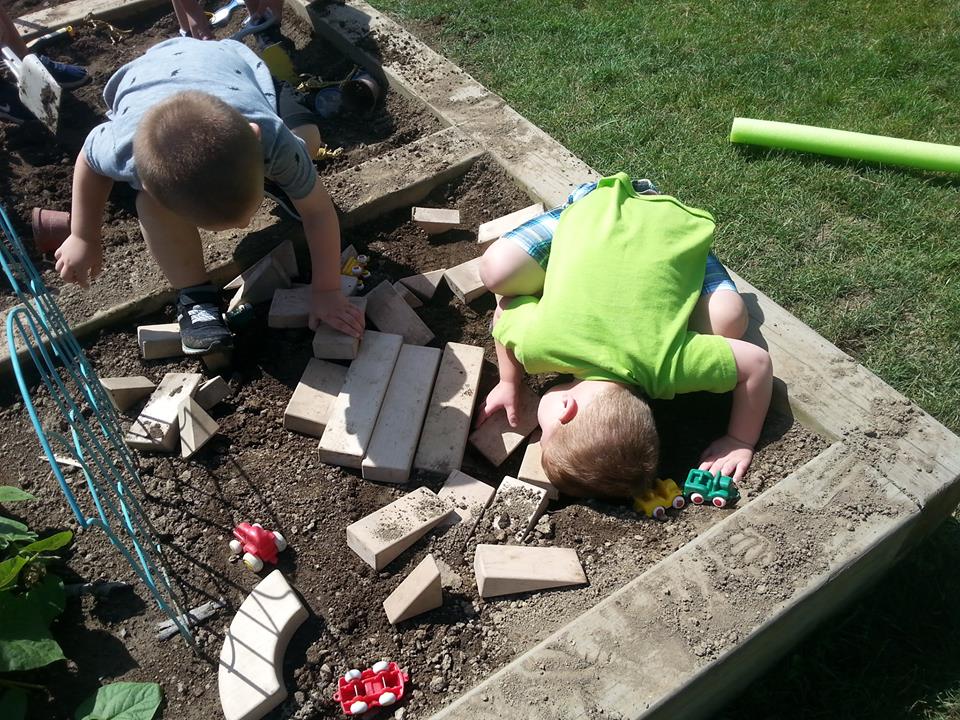
Children are scientists, constantly asking, “Why? What if…? How does…?” Their play is the experiment through which they are answering these questions. They may take things in a completely different direction than we were expecting, and it may not always be the easiest path of discovery for us to understand, but there is a method to their madness if we can just take a step back, take a deep breath, and look for the deeper meaning in their play.

 1.866.668.5111
1.866.668.5111  6:30 am - 6:00 pm
6:30 am - 6:00 pm 
 Give a Happy High Five!
Give a Happy High Five!


